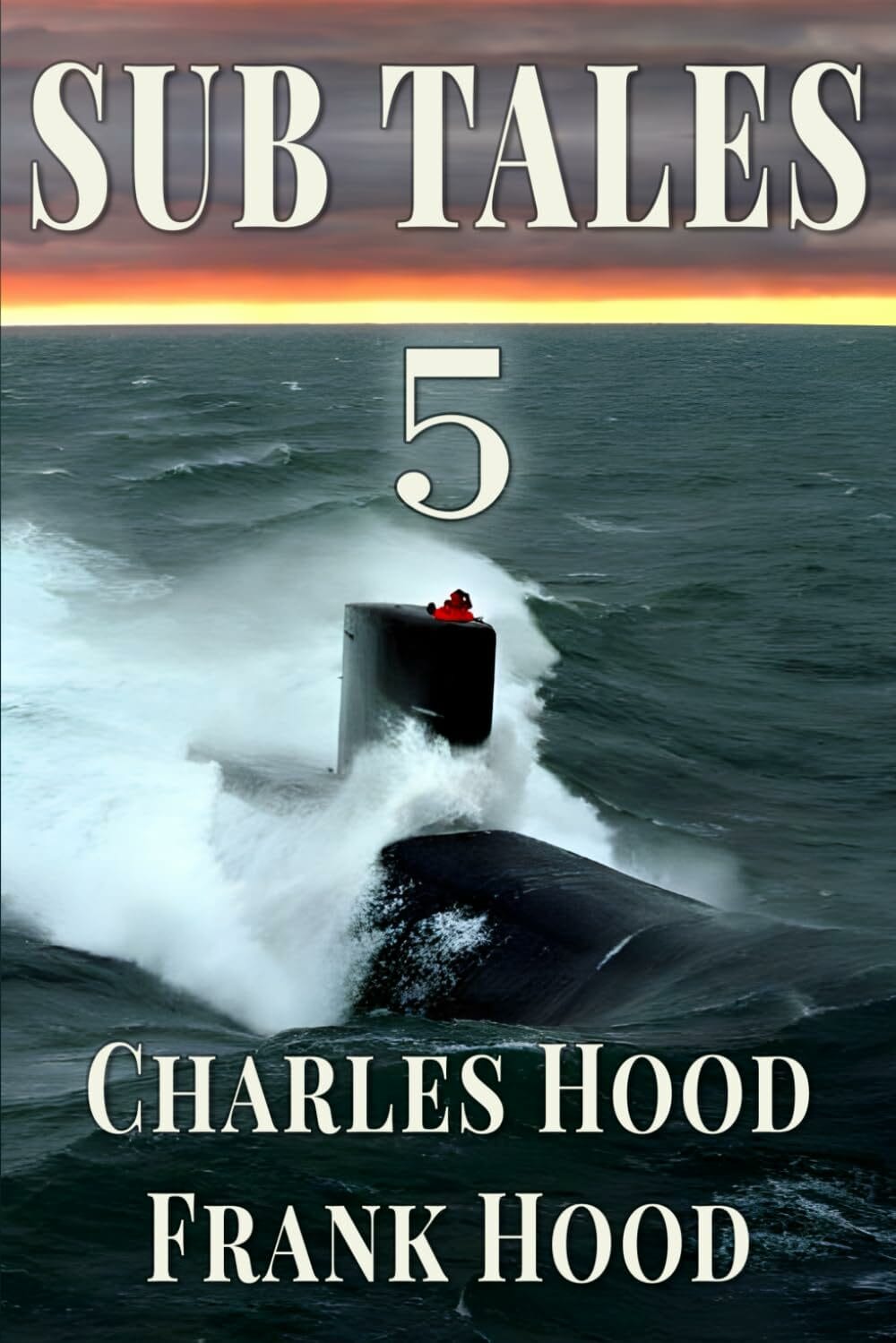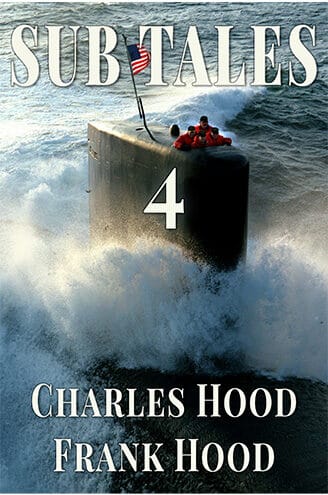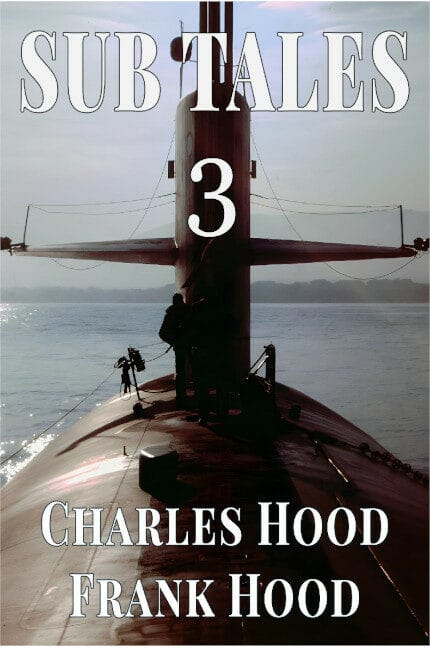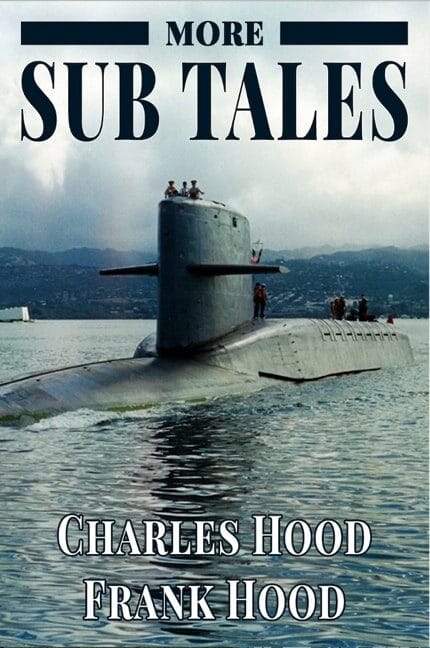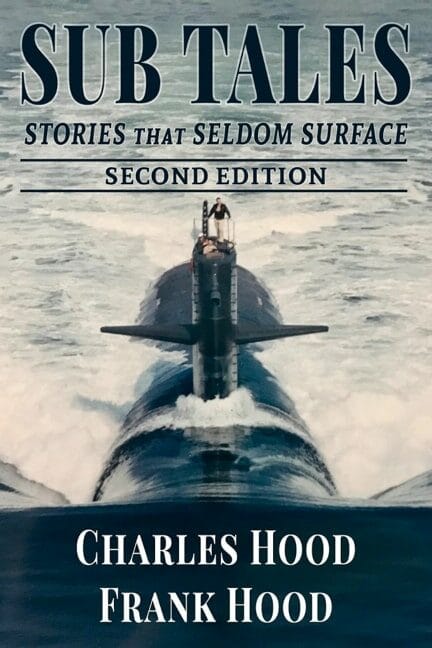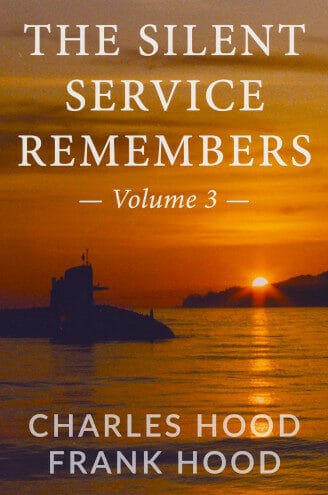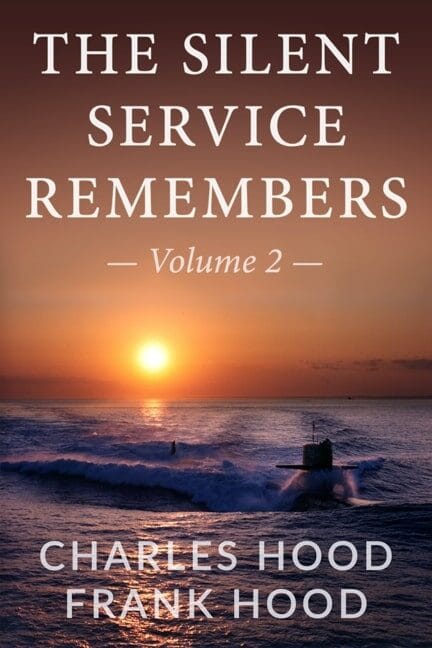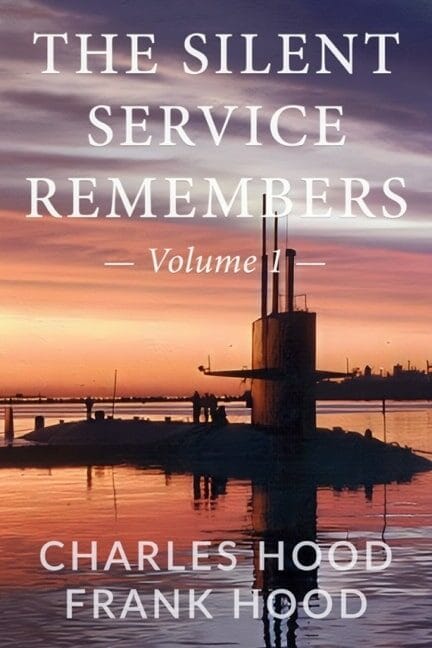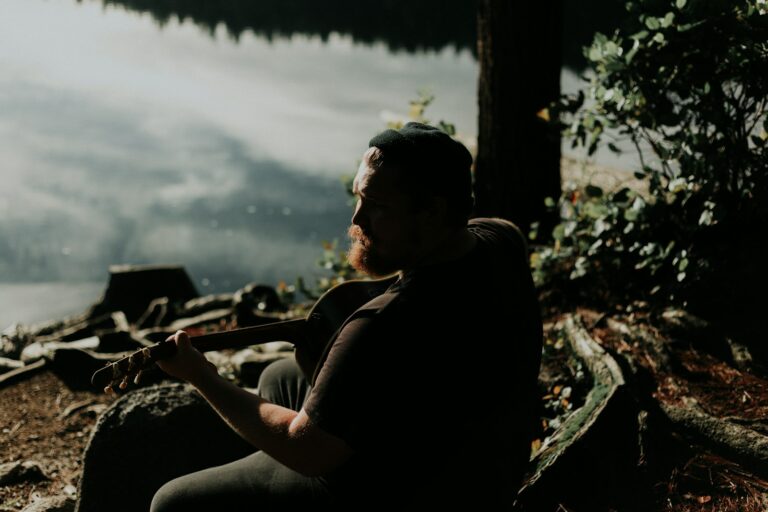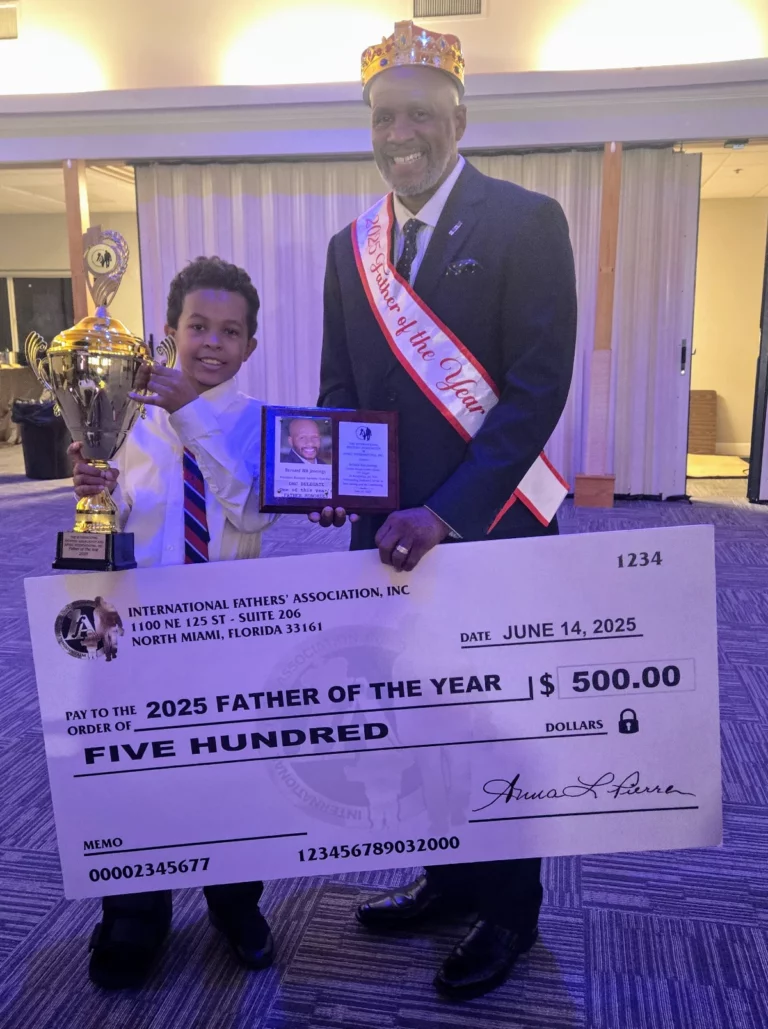Explore More
Living Under Pressure: How Cold War Submarine Duty Built Men Who Don’t Crack
Poopie Suits & Cowboy Boots reveals how Cold War submarine service forged resilience, trust and unwavering leadership under extreme high–pressure stakes
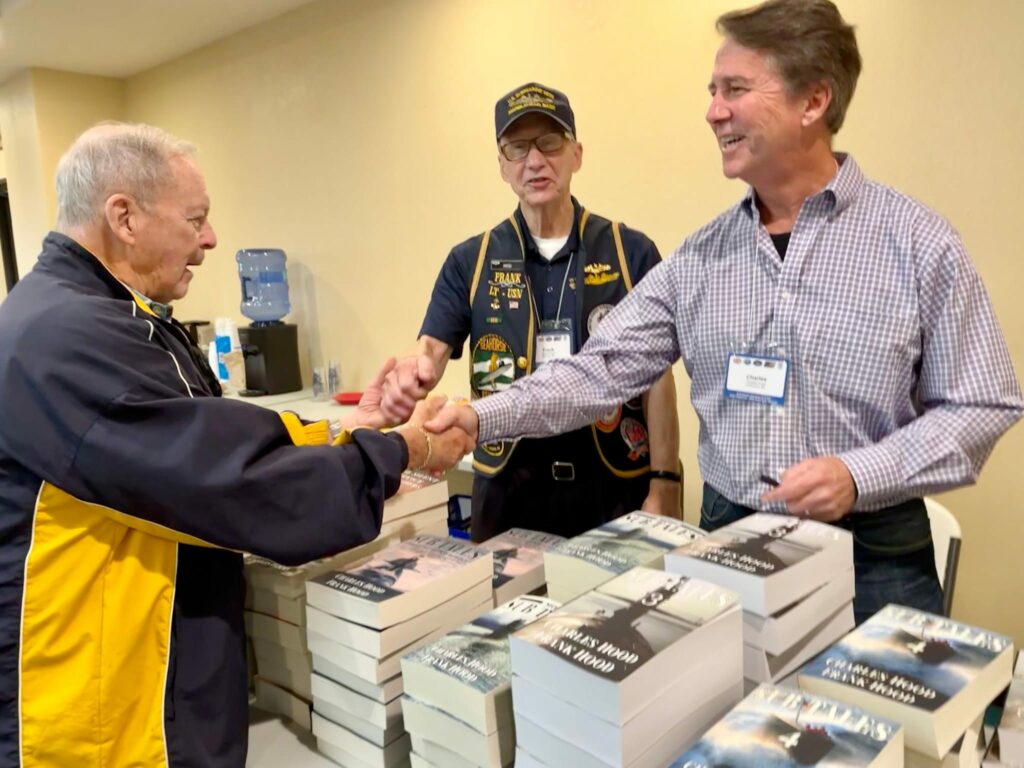
Three hundred feet under the North Atlantic, in a steel tube the length of a football field, 110 men share air recycled through scrubbers and water distilled from the sea. One miscalculation, one moment of panic, one failure to follow procedure exactly as trained – and everyone dies. The margins are that thin. The question isn’t whether you can handle the pressure when everything goes right. The question is what kind of man you become when everything goes wrong and lives depend on getting it right the first time.
Cold War submarine duty created a particular breed of leader. Men who learned to think clearly when the stakes couldn’t be higher, who built unshakeable confidence through relentless preparation, who understood that trust isn’t given – it’s earned through demonstrated competence when it counts. These weren’t abstract leadership principles taught in seminars. They were survival skills forged in an environment where theoretical knowledge meant nothing if you couldn’t apply it under crushing pressure.

Poopie Suits & Cowboy Boots: Tales of a Submarine Officer During the Height of the Cold War
Poopie Suits & Cowboy Boots: Tales of a Submarine Officer During the Height of the Cold War, now in its fifth edition since 2017 and most recently updated in March 2025, has earned a popular place in the modern submarine literature for its engaging style and pacing. Set in the throes of the Cold War during the Nixon administration, the story follows the journey of Frank Hood through training and eventual deployment as a junior officer aboard a fast-attack submarine (USS Seahorse [SSN-669]) based out of Charleston, SC.
The Training That Separates Men From Boys
Frank Hood’s account in ‘Poopie Suits & Cowboy Boots’ strips away any romantic notions about submarine service. His journey began with Admiral Hyman G. Rickover, the man who personally conducted gruelling interviews designed to break candidates before they ever stepped foot on a boat. This wasn’t hazing – it was quality control at the highest level.
Hood describes Rickover’s ‘unique’ interviewing style, which included psychological stress tests and deliberately uncomfortable situations. The Admiral understood something that most leadership development programmes miss: you can’t simulate real pressure in a classroom. You have to create it, measure how people respond, then decide if they’re worth the investment.
Nuclear Power School compressed instruction equal to a master’s degree in nuclear engineering into six months. Students learned every system, every backup, every emergency procedure. The real test came at Prototype training – six months of learning normal reactor operations, then mastering every conceivable emergency scenario with variables thrown in to keep you sharp.
Hood recalls having to trace every pipe, every valve, every switch through bulkheads and under deck plates with only a stick diagram as reference. This wasn’t busywork. When an emergency hits and you’re responsible for keeping 110 men alive, you need to know your systems at a level that goes beyond conscious thought. Your hands need to find the right controls in the dark.
Decisions When It Counts
The book details what Hood calls ‘unexpected emergencies’ and the ‘battle of wills and wits’ that defined Cold War submarine operations. These weren’t training exercises with safety nets. Real Soviet submarines tracked them. Real reactor systems operated at temperatures that could melt steel if mismanaged. Real torpedo tubes held weapons that could sink them if mishandled.
Research confirms what Hood experienced firsthand. Studies on military training under stress show it builds cognitive control, emotional regulation and decision-making skills that translate directly to business environments. The difference is that business school case studies don’t kill you if you get them wrong.
Hood learned to stay cool-headed through repetition and consequences. Submarine training doesn’t just teach you what to do – it teaches you to act decisively with incomplete information, to communicate clearly when others are panicking and to earn trust by proving you won’t crack when the pressure builds.
Modern executives face similar challenges: hostile takeovers, market crashes, competitive threats that could destroy everything they’ve built. The difference is that submarine officers learned these skills in an environment where failure wasn’t measured in lost profits – it was measured in lost lives.
Building Bonds Under Pressure
Living with 110 men for months without sunlight teaches lessons about human nature that no corporate retreat can match. Hood describes the push to ‘Qualify in Submarines’ and earn the coveted Dolphins insignia – proof that you could be trusted with everyone’s lives as you stood watch.
This wasn’t about popularity or networking. Qualification meant the crew believed you knew your job well enough that they could sleep soundly knowing you had the watch. That kind of trust comes from demonstrated competence, not charisma or connections.
The submarine community understood something that many business leaders miss: loyalty isn’t built through team-building exercises or motivational speeches. It’s built through shared hardship and proven reliability when the stakes matter. When you know someone will do their job correctly even when exhausted, stressed and months away from home, you learn what real leadership looks like.
Mental Toughness Through Routine
Hood details the importance of movie time every night, the quality of meals and the small routines that kept men sane during extended deployments. These weren’t luxuries – they were necessities for maintaining peak performance in an environment that could drive you mad if you let it.
The lesson translates directly to high-pressure careers: you need systems for maintaining mental health and peak performance over extended periods. Submarine officers learned this through necessity. Most business leaders learn it through burnout.
Hard Lessons to Real Results
The skills Hood learned – thorough preparation, system knowledge, mutual reliance, decision-making under pressure – apply directly to civilian life. Research shows military executives improve corporate performance by enhancing stress resistance and adaptive response to uncertainty.
When you’ve learned to think clearly while managing a nuclear reactor three hundred feet underwater, handling a difficult board meeting or hostile client becomes manageable. When you’ve earned trust by proving your competence in life-or-death situations, building credibility in business negotiations follows naturally.
The difference is approach. Civilian leadership development focuses on theory and soft skills. Military training, especially submarine duty, focuses on technical competence and performance under extreme stress. One produces managers who sound confident in meetings. The other produces leaders who stay calm when everything goes wrong.
Legacy and Lasting Impact
Forty years after Hood’s submarine service ended, over 21,000 copies of his book have sold, generating more than $60,000 for submarine-related charities. The continued interest proves these lessons resonate with men facing their own battles in boardrooms and businesses across the country.
Hood’s success didn’t end with his military service. He built successful careers in engineering and business, applying the same systematic approach and attention to detail that kept him alive underwater. His story spawned eight additional books capturing the history and ethos of submariners from 1900 to present – proof that these experiences offer wisdom worth preserving.
The book’s popularity among both submarine veterans and civilians proves something important: in an age of theoretical leadership development and corporate buzzwords, people recognise authentic lessons from someone who learned them the hard way.
Where Theory Meets Reality
Most leadership books are written by consultants who’ve never had real skin in the game. Hood’s account comes from someone who learned his lessons when failure meant death, not a poor performance review. The difference shows in every page.
Hood describes going under the ice, cruising on the surface in gentle Caribbean breezes, calculating firing solutions for practice torpedoes and the daily realities of keeping 110 men alive in a challenging environment. These aren’t metaphors for business challenges – they’re the real thing.
For men looking to develop genuine resilience, decision-making ability and leadership skills that work under pressure, Hood’s collection of submarine stories offers something most development programmes can’t: lessons learned when getting them wrong wasn’t an option. You can’t fake competence when lives depend on it.
About Charles and Frank Hood

Charles Hood is the medical director of the radiology department at Laurens County Hospital in Upstate South Carolina, bringing 30 years of physician experience in diagnostic radiology to his writing collaboration with his brother Frank.
A graduate of the University of South Carolina and Wake Forest University, Charles was awarded the Robert Link National Commander’s Award in 2020 for his contributions to submarine history and philanthropy.
Frank Hood is a retired US Navy submarine veteran who served aboard the USS Seahorse during the Cold War before building a successful business career spanning engineering roles at Fortune 100 companies, 20 years with Hewlett Packard, and 11 years operating his own sales strategy consulting company. Together, the brothers have co-authored the bestselling memoir “Poopie Suits & Cowboy Boots” and the nine-book Sub Tales series, with over 21,000 books sold and more than $60,000 donated to submarine-related charities.

